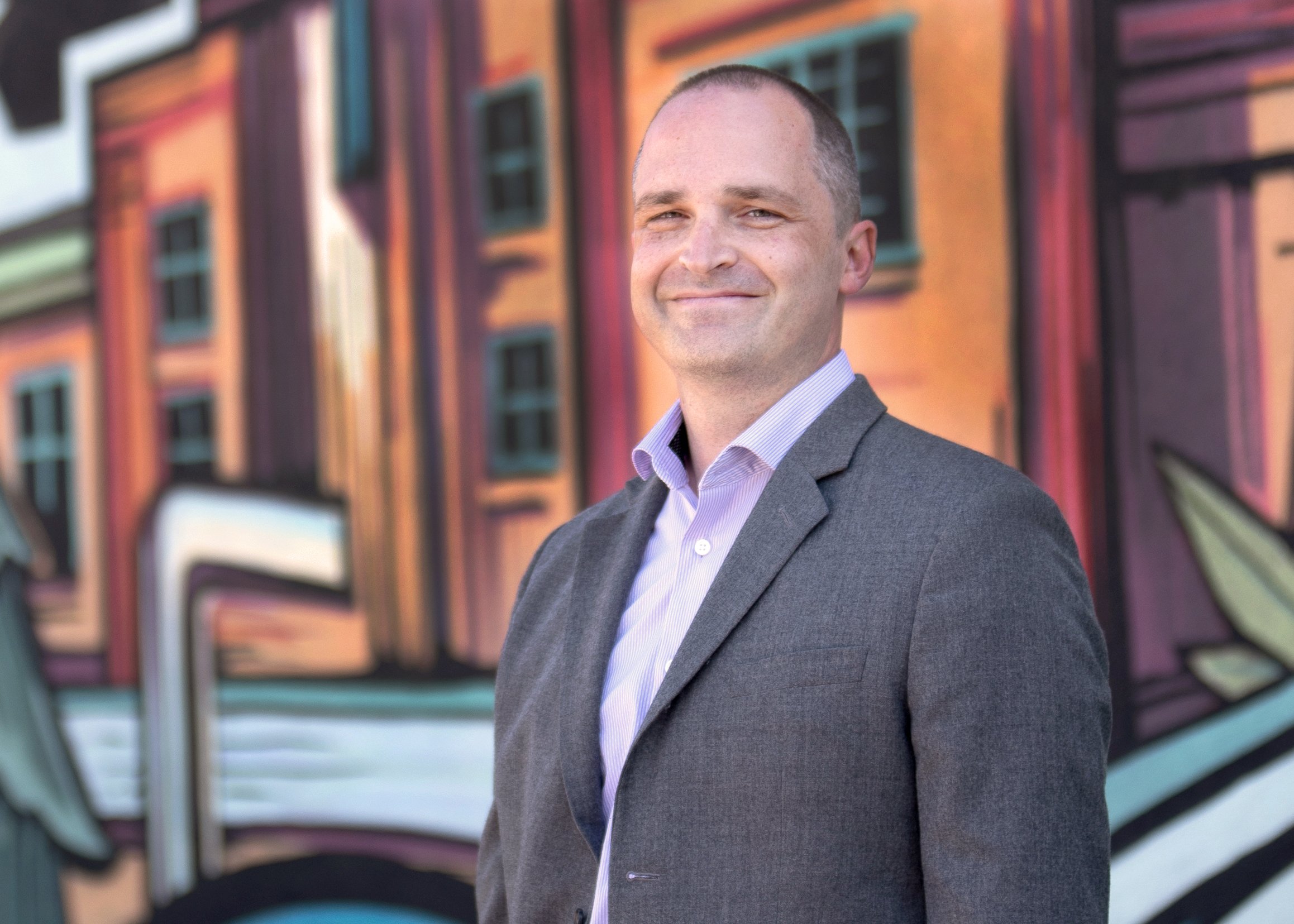Heather Wilson
AIAO EVP/CEO
As I am writing this message, I am listening to the Honorable Judge Ketanji Brown defend her stellar resume and exceptional personal work ethic before a confirmation panel for the Supreme Court, and I am struck by the poised, calm, peaceful woman I see prevailing in front of me. She reminds me of another poised and peaceful soul I have had the pleasure to meet, Elizabeth Smart.
When I met Elizabeth Smart, her story of abduction and return had long passed; here she was a grown woman, ethereally beautiful, literally almost glowing as she entered the Utah State Legislative chambers. She gave testimony regarding her experience, and made a pointed argument: proper sexual education in Utah public schools may have saved her at least some of her anguish, and she asked the body to consider how important it might be to educate young girls – without attempting to sway them toward premature activity – to genuinely know their bodies, and perhaps their own value.
She was politely listened to, and when her testimony was finished, the room erupted in applause.
Then, after she left the room, they voted. Her measure failed, nearly unanimously. It did so each year I saw her present it to that body. I thought I was struck by her strength, by her beauty and poise while persisting despite the known outcome. Then I realized there was a much better word for it: resilience.
We – AIA, its practitioners, its allied partners, employees and colleagues – have been using this term now to start to explore what it means to persist despite the challenges of your environment. As I watch Ketanji, and remember Elizabeth, I am also thinking of my graduating senior son, headed out into a post-pandemic world that has not yet set itself back on a normalized course. What he and his graduating class have endured will be unique to them, and they are the lucky ones. There are hundreds of thousands of children who were both left without a caregiver and without a chance to say a proper goodbye who are in every age from preschool to senior year, and we’d better start thinking about how we design for their well-being.
Because I am blessed to have my grandmothers’ journals, I know that she was one of these pandemic children, left by a father who died in the 1919 flu epidemic before she was born. My Nana, as a result, carried a trauma that I can tell you reverberated her entire life. It linked her every step to the next. In fact, without the trauma, she would not have become the resilient and resourceful grandmother I knew her to be, and she told me that many times. Her strength laid in her continued gratitude for her supports - her neighbors, her church, her siblings, her children. Her community.
We are a community. We have agreements that we honor to create safe spaces for all of our members, and I hope you’ll take them with you wherever we meet; indeed, wherever you go. As we re-enter in person settings and gather in (hopefully well designed) spaces, let us remember what resilience really means: the ability to absorb or avoid damage without suffering complete failure – and continue to grow back toward something we can call normal, but will hopefully cherish in extraordinary ways.
Yours in Design,
Heather Wilson



